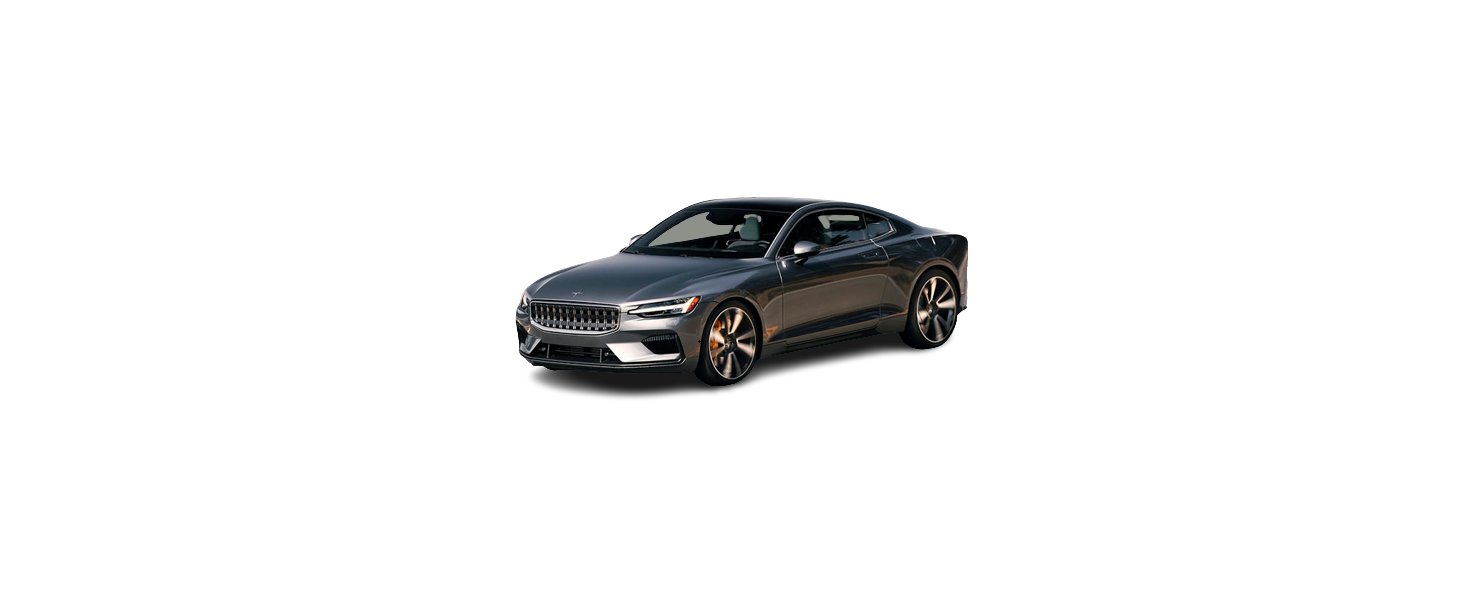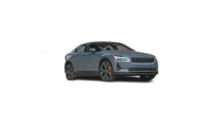Service and repairs
Service the vehicle regularly. Follow Polestar’s recommended service intervals.
If inspection and repair are required, then only an authorized workshop designated by Polestar may carry out the work.
WARNING
Do not make any repairs on this vehicle yourself. Electrical cables and/or components that have come loose may only be corrected by an authorized workshop – contact Polestar Customer Support.
Introduction
The maintenance services contain several checks that require special instruments and tools and therefore must be performed by a qualified technician. To keep your Polestar in top condition, specify time-tested and proven Genuine Polestar Parts and Accessories.
The Federal Clean Air Act – U.S.
The Federal Clean Air Act requires vehicle manufacturers to furnish written instructions to the ultimate purchaser to assure the proper servicing and function of the components that control emissions. These services, which are listed in the Status and Warranty booklet, are not covered by the warranty. You will be required to pay for labor and material used.
Maintenance
Your Polestar passed several major inspections before it was delivered to you, in accordance with Polestar specifications. The maintenance procedures outlined in the Status and Warranty booklet, many of which will positively affect your vehicle’s emissions, should be performed as indicated. It is recommended that receipts for vehicle emission maintenance be retained in case questions arise concerning maintenance. Inspection and maintenance should also be performed anytime a malfunction is observed or suspected.
Applicable warranties – U.S./Canada
In accordance with applicable U.S. and Canadian regulations, the following list of warranties is provided.
- New Vehicle Limited Warranty
- Parts and Accessories Limited Warranty
- Corrosion Protection Limited Warranty
- Seat Belt and Supplemental Restraint Systems Limited Warranty
- Emission Design and Defect Warranty
- Emission Performance Warranty
These are federal warranties; other warranties are provided as required by state/provincial law. Refer to your separate Status and Warranty booklet for detailed information concerning each of the warranties.
Periodic maintenance helps minimize emissions
NOTE
- Refer to your Status and Warranty booklet for a comprehensive service and maintenance schedule up to 150,000 miles (240,000 km). This program contains inspections and services necessary for the proper function of your vehicle and includes components that affect vehicle emissions.
- The Status and Warranty booklet also contains detailed information concerning the warranties that apply to your vehicle.
On-board Diagnostic System
OBD II is part of your vehicle’s computerized engine management system. It stores diagnostic information about your vehicle’s emission controls. It can light the Check Engine light (MIL) if it detects an emission control “fault.” A “fault” is a component or system that is not performing within an expected range. A fault may be permanent or temporary. OBD II will store a message about any fault.
Owner maintenance
Periodic maintenance requirements and intervals are described in your vehicle’s Status and Warranty booklet.
The following points can be carried out between the normally scheduled maintenance services.
Each time the vehicle is refueled:
- Check the engine oil level.
- Clean the windshield, windshield wipers, headlights, and taillights.
Monthly:
- Check the cold tire pressure in all tires. Inspect the tires for wear.
- Check that engine coolant and other fluid levels are between the indicated “min” and “max” markings.
- Clean interior glass surfaces with a glass cleaner and soft paper towels.
- Wipe driver information displays with a soft cloth.
- Visually inspect battery terminals for corrosion. Corrosion may indicate a loose terminal connector or a battery near the end of its useful service life. Consult Polestar Customer Support for additional information.
As needed:
Wash the vehicle, including the undercarriage, to reduce wear that can be caused by a buildup of dirt, and corrosion that can be caused by salt residues.
Clean leaves and twigs from air intake vents at the base of the windshield, and from other places where they may collect.






